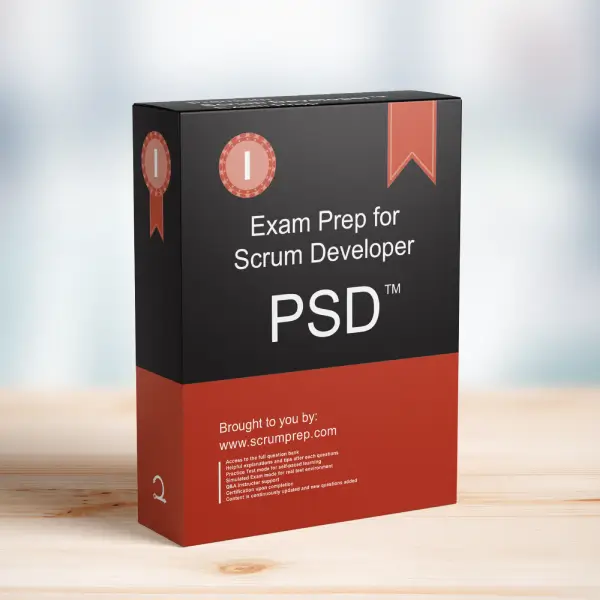Handling Bugs Found During Development
Encountering bugs during development is a common occurrence, especially when working on new functionality. When a bug is discovered, especially one that has already been delivered to the customer, it’s essential to address it appropriately to ensure the quality and reliability of the product.
Exam Question
While developing new functionality, you find a bug that has already been delivered to the customer. What do you do?
(choose the best answer)
A. Talk to the Product Owner.
B. Stub out the code that caused the bug so it no longer occurs.
C. Revise the tests so that the bug no longer appears on the bug report.
D. Fix the bug.
Correct Answer
A. Talk to the Product Owner.
Explanation
Correct Answer
A. Talk to the Product Owner:
When you find a bug that has already been delivered to the customer, the first step should be to communicate with the Product Owner. The Product Owner is responsible for managing the Product Backlog and prioritizing work. They will help determine the severity of the bug, its impact on the customer, and whether it should be fixed immediately or scheduled for a future Sprint. This collaborative approach ensures that the Scrum Team is aligned on the next steps and that the bug is handled in a way that aligns with the overall product goals and customer needs.
Why the Other Options Are Less Appropriate
B. Stub out the code that caused the bug so it no longer occurs:
Stubbing out code is not a viable long-term solution as it does not address the root cause of the bug. It only hides the issue temporarily, which can lead to more significant problems in the future.
C. Revise the tests so that the bug no longer appears on the bug report:
Revising tests to hide the bug is an unethical practice that does not solve the underlying problem. It can lead to a false sense of security and potentially damage the product’s quality and the team’s credibility.
D. Fix the bug:
While fixing the bug might seem like the logical step, it’s important to first consult the Product Owner. The Product Owner will determine the priority of fixing the bug in relation to other work and whether it aligns with the current Sprint Goal or needs to be added to the Product Backlog.
Relevance to the PSD Exam
Understanding the appropriate steps to take when encountering bugs during development is critical for the PSD exam. It highlights the importance of communication, collaboration, and following the Scrum framework’s principles.
Key Takeaways
- When a bug that has been delivered to the customer is found, the first step should be to talk to the Product Owner to determine the next course of action.
- The Product Owner plays a crucial role in prioritizing work and ensuring that the Scrum Team focuses on delivering the highest value to the customer.
- Fixing bugs without first consulting the Product Owner can lead to misaligned priorities and disrupt the team’s planned work.
Conclusion
When encountering a bug that has already been delivered to the customer, the best course of action is to talk to the Product Owner. This ensures that the bug is appropriately prioritized and handled in a way that aligns with the product’s goals and customer needs. For more information on preparing for the PSD exam, visit our Professional Scrum Developer PSD™ Exam Prep.



